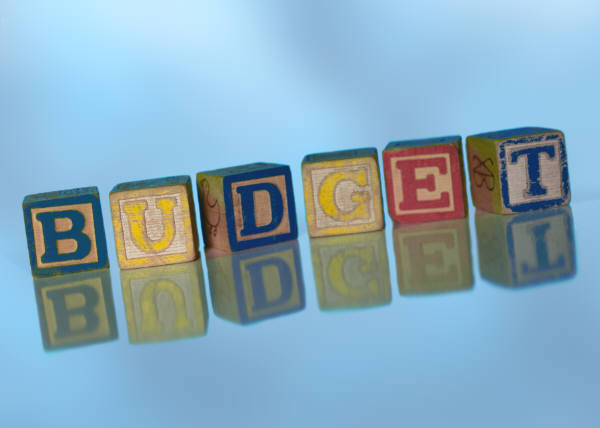
Everywhere you turn, conversations revolve on tightening and maintaining strict budgets. If you, like millions of Americans, weren’t taught how to properly create and keep a budget in high school or college, then all of those financial conversations are missing the mark. But even if you’re not facing financial difficulties, setting a budget is a great tool for helping to keep expenses down and build future savings.
Below you’ll find some suggestions on how to develop a budget and more importantly, maintain it so it becomes useful for your everyday life.
Step 1 – Gather your monthly bills and expenses. This means you’ll need to review all expenses for an entire month including big ticket items like rent or mortgage, utilities, cable, cell phones, groceries, medical/pharmaceutical, credit cards, as well as gym membership fees, children’s activities, gasoline, automotive maintenance, commuting fees, dry cleaners, magazines, and yes, even those mocha lattes at the corner coffee shop. Don’t forget about expenses that are paid quarterly, bi annually or annually such as auto or life insurance. Once you have a solid handle on what you typically spend, it’s easier to both plan for future months as well as make informed choices about how to cut expenses and save some cash.
Write down expenses on a legal pad or in a computerized spreadsheet under categories such as Utilities, Automotive, Groceries, Medical, etc. You can use whatever categories that make sense, just be consistent with where you place items each month.
If you don’t have any idea what you are spending in a typical month, grab a notebook and keep a journal of every expense (big or small) and include the debit card receipts. You’ll be amazed at how quickly those $3 and $6 purchases add up to hundreds of dollars in spending.
Step 2 – Balance your checking account. Without ever balancing your checking account, you’re simply hoping that you have the available funds to cover your debit card purchases and monthly bills. You’ll also never be fully aware if someone attempts to steal your identity and use your bank accounts. Take 30 minutes each month and review your checking account statement, verify each expenditure, deposit and make sure what you have in the bank is what you think you should have. If you’re not clear on how to balance a checking account, your bank statement should come with a balance worksheet on the reverse side of the statement. Simply fill in the steps outlined and you’ll have your balance.
Step 3 – Weigh expenses against your monthly income. Take the categories that you developed in Step 1 and write them down the left side of a piece of paper or in your spreadsheet. Now write thirteen columns across the page to the right, the first one labeled, ‘Estimated’ and the other twelve broken down for each month of the year.
Now you can begin to break down the expenses into monthly allotments.
Write your estimated INCOME down and subtract EXPENSES to get the amount of remaining money each month. If you discover that you’re spending more than you bring in, it’s time to make some hard decisions.
Step 4 – Now that you’ve discovered where your finances stand, it’s time to set some financial goals. Whether it be to pay off a high percentage rate credit card or begin building a three to six month emergency fund, putting those goals on paper will help to keep you focused. Refer to your budget every time you pay a bill or spend at a store. Ask yourself if the purchase you’re about to make fits into your budget, if you truly need the item in your hand and if purchasing the item will completely destroy the budget you’ve worked so hard to build. If the answer is yes, then you know what you need to do. WALK AWAY!
After working with your budget for several months you’ll have a pretty good feel for how your spending is doing and if you can begin to save for an emergency fund, build a retirement account or even put money away for the kids’ college. Remember to be practical with your goals and know that saving takes time, but it does pay off in the end.
